Can You Sand Pressure Treated Wood? Facts & FAQ
-

- Last updated:
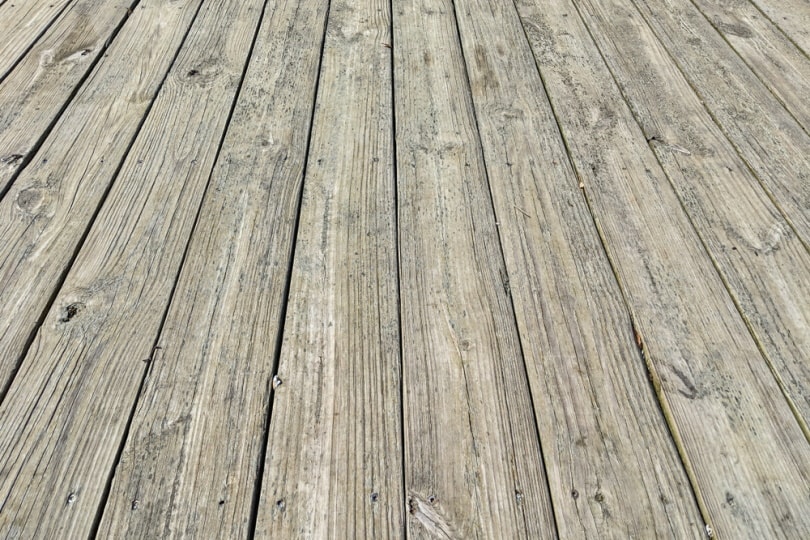
Sanding is an excellent tool for polishing. Mainly used on wood, it does an incredible job of both smoothing and roughening a surface. But what about pressure-treated wood? Can you sand it, or not? Yes, you can do that, but only if it’s ACQ. Sanding CCA-treated wood will terminate the protective coating and ruin the wood. Furthermore, it will release harmful, dangerous toxins.
So, is there a proper way of sanding pressure-treated wood that allows polishing it and avoiding potential health issues? What are the cons of sanding? What about the pros? Is it necessary to sand pressure-treated wood before adding a new layer of paint? What’s the difference between ACQ and CCA? Read on, and you’ll find out!
What Is Pressure-Treated Wood?
This term is used to describe the process of infusing wood with just the right amount of preservative agents/chemicals. This is done to extend the life cycle of the lumber and protect it against aging. Compared to untreated wood, treated lumber is up to five times more durable (25 years vs. 5). On top of that, the added chemicals make it highly resistant to natural elements (mainly humidity/moisture).
On average, it takes untreated wood 1–2 years to decay/rot; it’s also highly vulnerable to termites. Pressure-treated wood, in contrast, is virtually immune to pests and rotting and is quite strong against flames. Summing up, pressure-treating is a common routine that has proven its effectiveness. It allows for keeping production costs low and preserving natural forests.
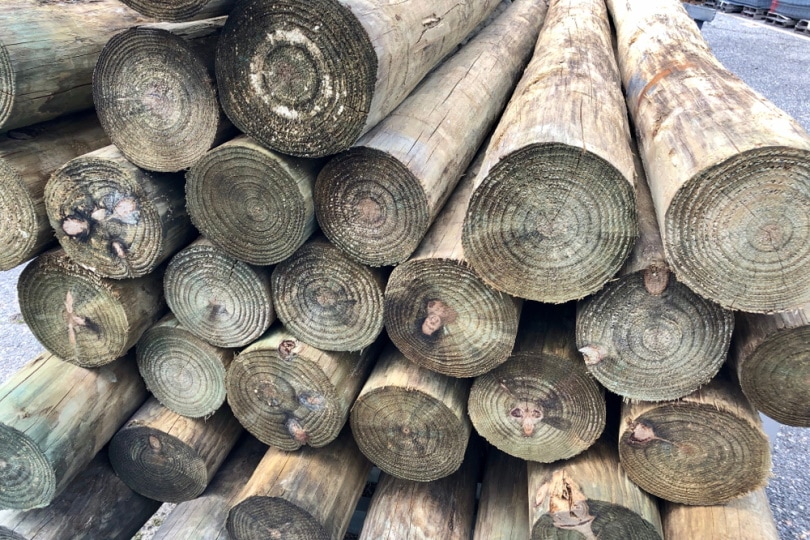
What Is CCA? Why Is It Dangerous?
CCA (Chromated Copper Arsenate) used to run the show for a long time (from the 1930s up to 2003), but because of the negative health impact (CCA is rich in arsenic), most companies that specialize have stopped treating wood with it. This came after an agreement between the EPA and the lumber industry in the US. However, it’s still being used in industrial facilities.
Besides, there’s still a large number of houses out there that were built before 2004 and pressure-treated using the CCA method. Arsenic is a natural element that is mostly found in water, soil, air, and rocks, and it is very harmful to humans. The side effects include a sore throat, damage to the skin and lungs (cancer), vomiting, and, in rare cases, death.
Even if you don’t cut or sand the wood, arsenic can still “soak” through the skin when you come in contact with the surface or escape into the soil. With that said, the EPA has officially stated that buildings constructed using CCA-treated wood aren’t a risk to the public.
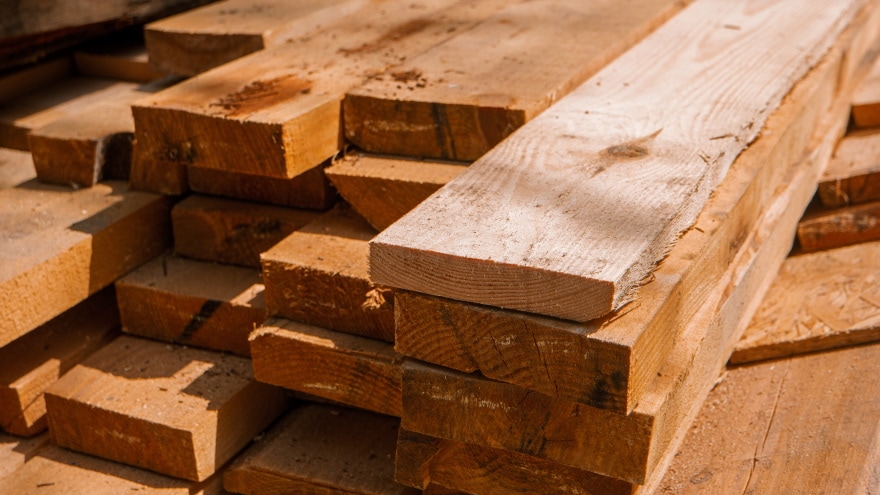
Alkaline Copper Quaternary: A New, Safer Product
As for ACQ (Alkaline Copper Quaternary), it’s the new standard for pressure-treating. Water-based, it’s non-toxic (in contrast to CCA) but has the same benefits, including an extended lifespan, resistance to elements, and a low price. At the core, this lumber treatment is a mix of copper and a quaternary compound. ACQ wood is safe to touch. More importantly, it doesn’t cause any harm when you breathe it.
Therefore, you won’t need nearly as much protective gear when working with ACQ lumber. Does that mean you can sand it and never worry about any health issues? The answer is yes, you can (but you should still put on a mask against the dust). The chemical compounds within ACQ are just as efficient as CCA, but they’re not a safety hazard for the person working with the wood.
Sanding: The Definition
In construction and woodworking, sanding is often used for polishing. This can be done with a piece of sandpaper or a mechanical sander (it costs more but gets the job done much faster). Just like steel wool, sandpaper is great at eliminating/hiding imperfections on various surfaces, mainly the walls, the ceiling, and the floor. Furniture will greatly benefit from sanding as well.
And if you want to make certain overly glossy surfaces a bit rougher to cover them with paint, sandpaper will also get the job done. It all depends on the paper, by the way. The finer it is, the smoother the edges will be, and vice versa. Thus, before you do any sanding on pressure-treated wood (or any other material), make sure you’ve got the right grit.
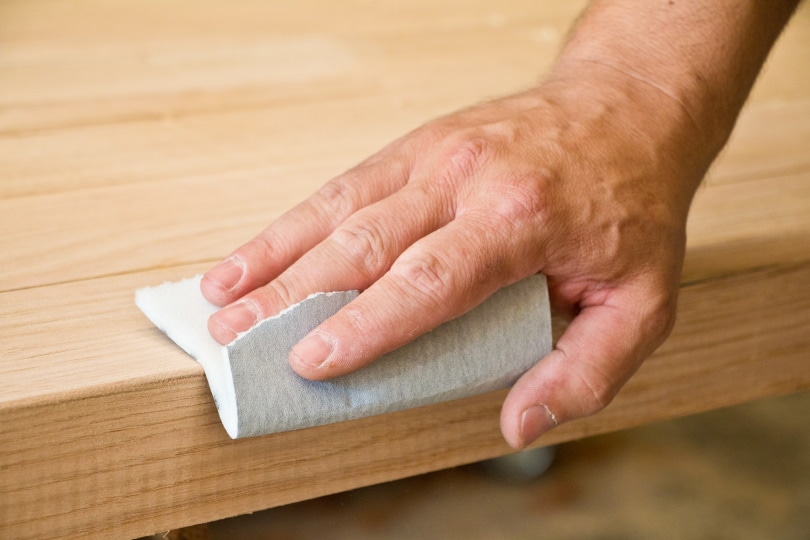
Picking the Right Sandpaper Grit
For example, 60–80 grit is a bit extreme and should only be used to fix serious imperfections. Next, 100–150 is medium grit, perfect for some everyday sanding/polishing. To get the surface ready for painting or staining, we recommend using 180–200 grit. Finally, 320+ is the ultra-fine sandpaper grit. With it, you can make the surface super smooth.
So, Can You Sand Pressure-Treated Wood?
If it’s ACQ wood, then there’s nothing to worry about. Even if the chemicals are released during sanding, they won’t cause any harm. However, the same is NOT true for CCA wood. As we just learned, chromated copper arsenate is very dangerous and can lead to severe consequences. So, check this before doing any work with wood and make sure you are, indeed, dealing with ACQ lumber.
This is important: we mentioned in the intro that sanding CCA-treated wood will remove some of that protective coating. Well, this applies to ACQ as well (but to a lower extent). Furthermore, the wood will lose most of its visual appeal, especially if you use coarse grit from the get-go. What you can do instead is use a pressure washer to get rid of the dirt and debris and make the edges a bit smoother.
Sanding Before Painting: What’s the Point?
In many ways, sanding is the most critical step before covering a surface with paint. When the surface is not sanded, paint/stain won’t “stick” to the material evenly. The good news is—this process doesn’t require any pro skills, even though under- or over-sanding does happen quite often.
Keep your eye on the wood (or whatever material you’re trying to sand). If it looks smooth, most likely, it is, indeed, smooth and ready to be painted. Speaking of materials, premium-quality lumber might not require any sanding or staining, as it will have a beautiful natural look.
The Biggest Cons of Sanding Pressure-Treated Wood
When working with wood, it’s always a good idea to sand it before finishing, staining, or even sealing—we just covered that. Unfortunately, the same can’t be said about pressure-treated wood. Yes, you can paint pressure-treated wood. But it’s important to pick the right paint + primer combo that goes well with the chemicals infused into the lumber.
That’s not even the biggest issue here. Sanded pressure-treated wood looks awful. No matter how experienced you are with sandpaper, the result won’t be pretty, regardless of how many layers of paint you’ll add. Moreover, you can’t go back from sanding: the effect is permanent. The color will be inconsistent, just like lumber quality and reliability. Add potential health issues (even with ACQ), and you’ll see why sanding is not recommended.
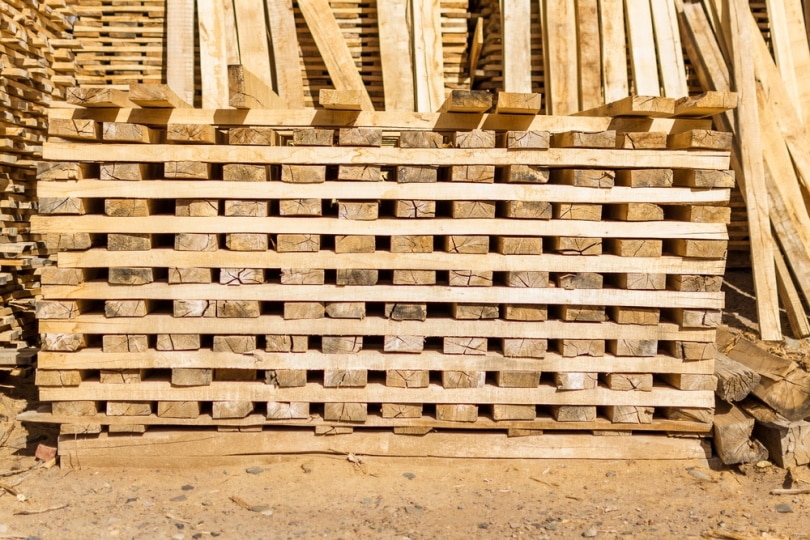
Protective Equipment: What Should You Wear?
While it’s not recommended to work with CCA altogether, you can still do that if you have the right protective gear. Goggles, a hat, gloves, boots, and coveralls should keep your skin safe from arsenic. That won’t be enough, though, because this chemical is at its worst when it gets into the lungs through breathing. So, put on a respirator before doing any sanding or cutting CCA-treated wood.
And if you need to burn pressure-treated wood, avoid direct exposure both to the ashes and the smoke. For that, don’t ever burn CCA-treated lumber in any open stoves/fireplaces. A quick note: different states have different regulations regarding the disposal of pressure-treated wood. Check with local authorities first. Also, do put a mask on even if you’re working with ACQ to protect yourself from wood dust.
Conclusion
Sanding is a technique that has been around for a very long time. When used correctly, it can make wonders happen—fix poor-quality surfaces, mask imperfections, and get the material ready for a new coat of stain or paint. However, if you’re planning on sanding pressure-treated wood, you need to be extra careful not to damage the wood or put yourself at risk of inhaling toxins.
We strongly recommend against sanding CCA-treated wood even if you have the right protective gear. ACQ wood is a lot easier to work with and safer, but there are still some things to keep in mind. Be very careful, always have your gear on, and use this post as a guide for sanding pressure-treated wood!
- Related Read: How Many Home Depot Stores Are There? (US and Worldwide)
- What Is Treated Wood?
- Sanding Pressure Treated Wood Dangers? Safety Tips
- IAState – Toxicity Concerns about Raised Bed Construction Materials
- What are the Physiologic Effects of Arsenic Exposure?
- Org – Arsenic and Cancer Risk
- CCA Lumber vs ACQ Treated Wood: Are they Equal?
- CCA Treated Wood – Consumer and Handler Safety
- Alkaline Copper Quaternary (ACQ)
- Regulation of CCA Treated Wood
- EPA – Chromated Arsenicals (CCA)
- How to sand surfaces during your paint job
- 5 Reasons You Should Never Sand Pressure Treated Wood
Featured Image Credit: Louella938, Shutterstock
Contents

